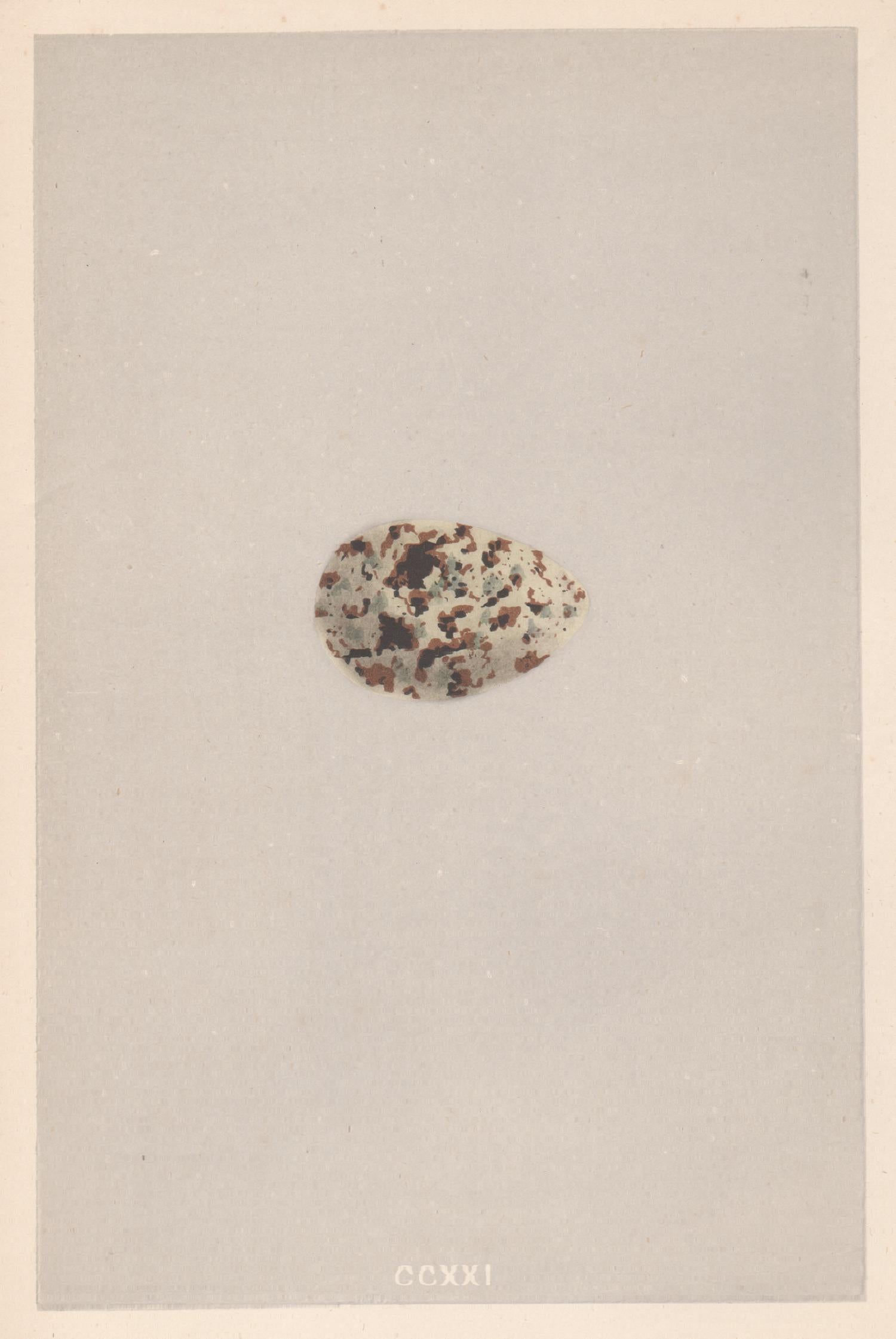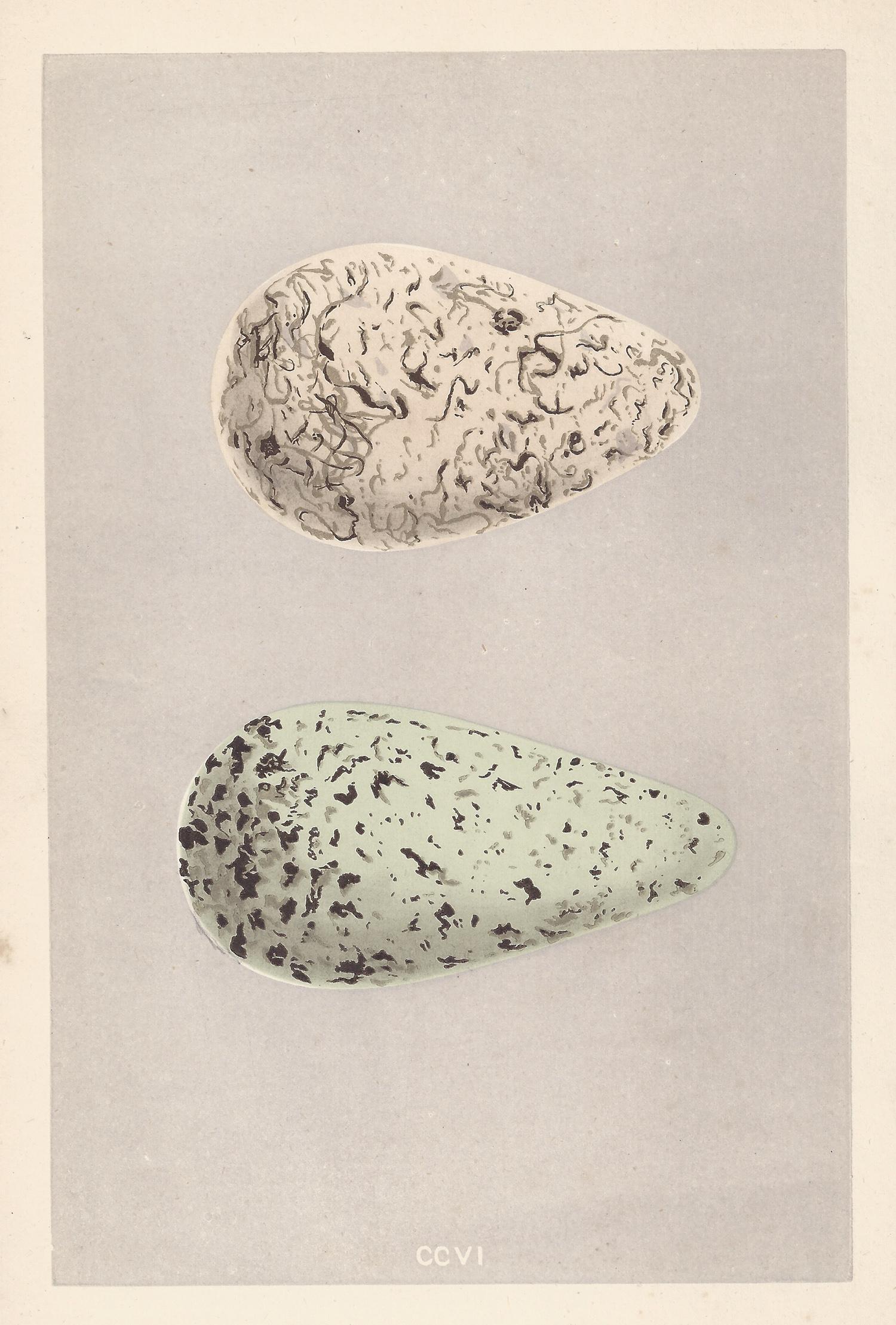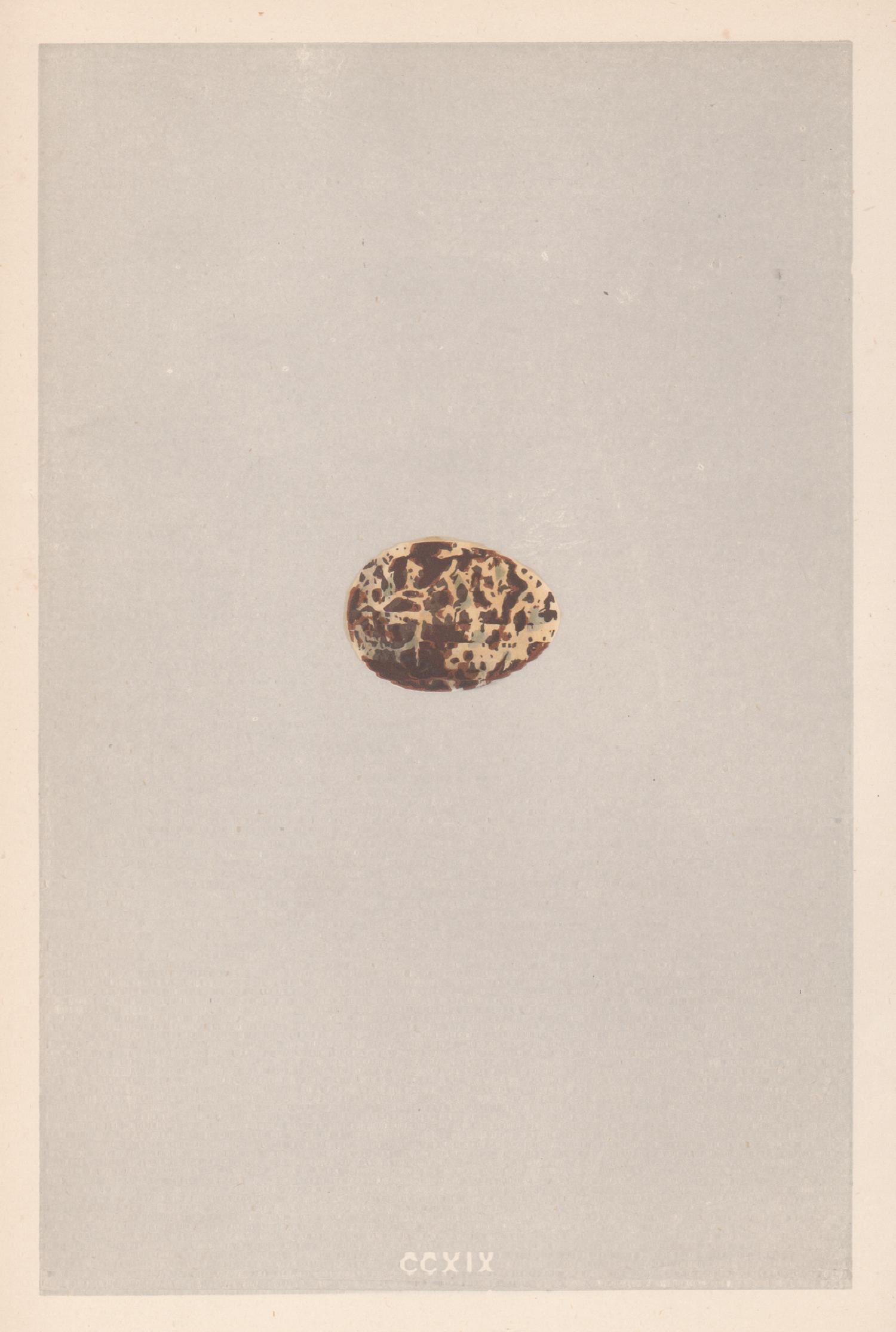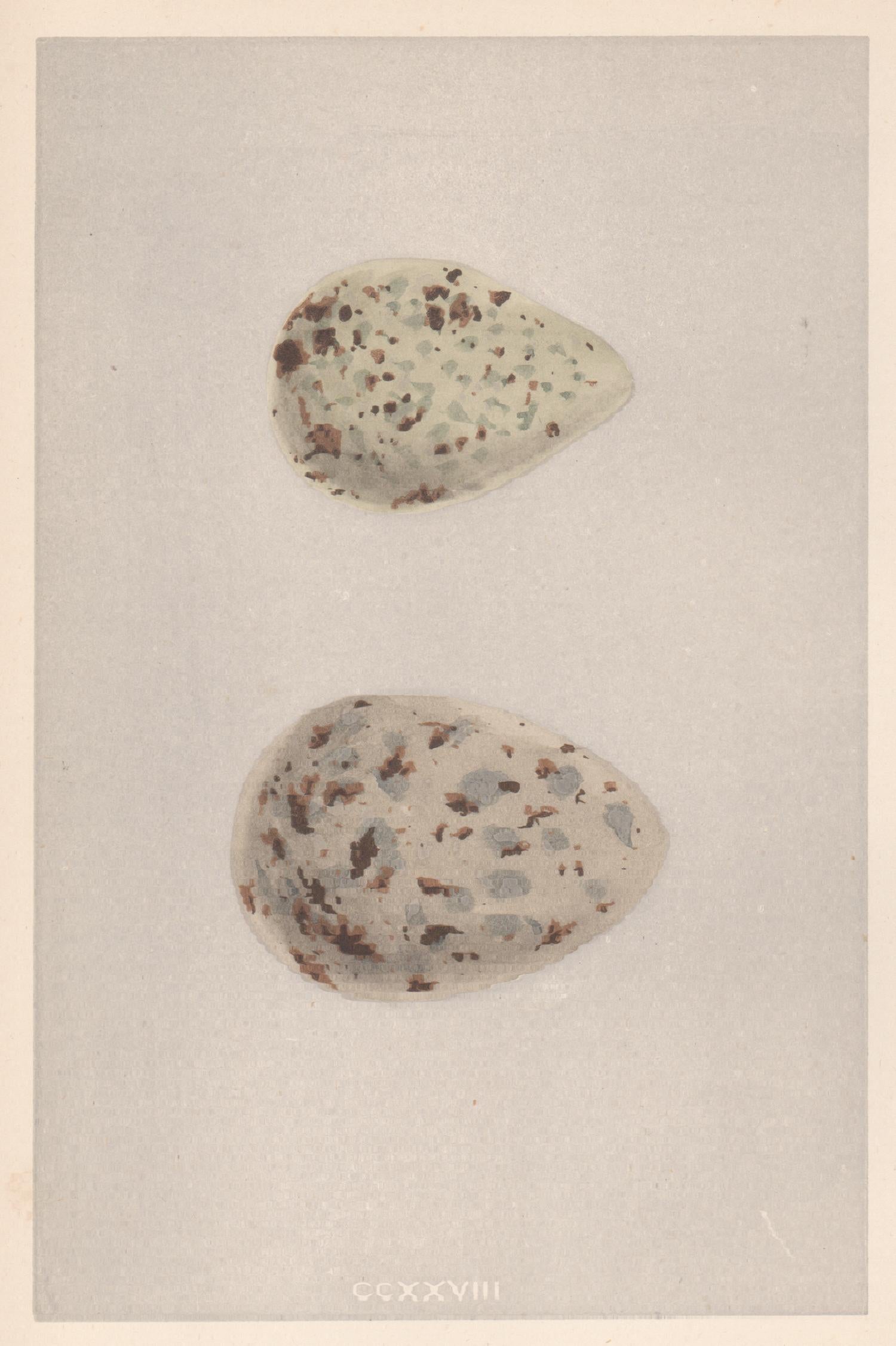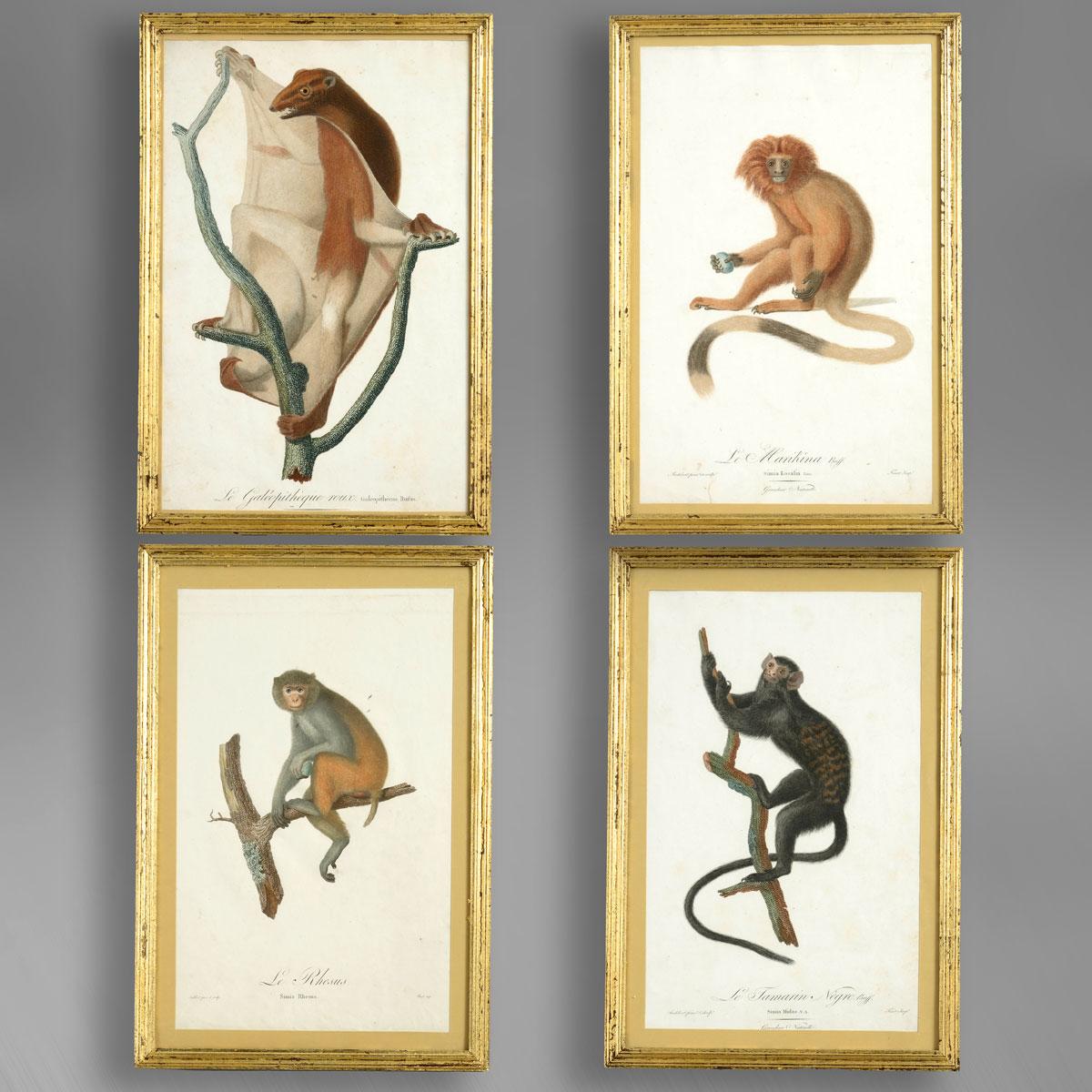Items Similar to 'Wading Egret' — Japanese Woodblock kacho-e, c. 1900
Want more images or videos?
Request additional images or videos from the seller
1 of 3
Ohara Koson'Wading Egret' — Japanese Woodblock kacho-e, c. 1900c. 1900-1910
c. 1900-1910
About the Item
'Wading Egret', color woodblock, c. 1900 - 1910. Signed 'Koson' in black ink with the artist’s red seal beneath, lower left. A superb, skillfully-inked impression, with fresh colors, on cream wove Japan paper; the full sheet with margins, in excellent condition. Stamped MADE IN JAPAN in the bottom center margin, verso. Published by Daikokuya. Archivally sleeved, unmatted.
Image size 13 11/16 x 7 1/8 (348 x 181 mm). Sheet size: 14 3/8 x 7 1/2 inches (365 x 190 mm).
Provenance: Robert O. Muller Estate.
Literature: 'Crows, Cranes & Camellias: The Natural World of Ohara Koson', Newland, Amy R.: Jan Perree & Robert Schaap, Leiden: Hotei Publishing, 2001, pg 82, pl. 61.
Collection: Museum of Fine Arts, Boston
.
ABOUT THE ARTIST
Koson Ohara (also Shoson and Hoson, 1877-1945) is the most renowned Japanese artist of early 20th-century kacho-e (bird-and-flower pictures) woodblock printmaking. With meticulous detail, sensitive color, and a palpable reverence for flora and fauna, Koson brought the genre into the modern era.
Koson was born in Kanazawa with the given name Matao Ohara. He began his artistic career studying painting under the Shijo-style master Kason. Around the turn of the century, Koson became a teacher at the Tokyo School of Fine Arts, where he met Ernest Fenollosa, an American collector, scholar, and admirer of Japanese art and culture. Around 1905, Koson started to produce woodblock prints. Fenollosa, the curator of Japanese Art at the Museum of Fine Arts, Boston, and an adviser to the National Museum of Modern Art in Tokyo, persuaded Koson to export his bird prints to American art collectors.
Between 1900 and 1912, Koson worked with several different publishers and designed a series of Russo-Japanese War prints, as well as genre landscapes, but his passion remained with kacho-e. His earliest and rarest designs are notable for their narrow formats and soft colors. All his woodblock prints were signed or sealed Koson—most of them published by Kokkeido and Daikokuya. After 1912, he changed his name to Shoson and dedicated himself to painting. Ten years later, Koson returned to printmaking, and in 1926, he began designing woodblock prints for the esteemed Shin Hanga publisher Shozaburo Watanabe. Koson changed his name again, this time to Hoson when he produced designs collaboratively published by Sakai and Kawaguchi around 1930. He also served as an adviser to the National Museum of Modern Art in Tokyo.
Koson’s prints can be found in many major museums worldwide, including the British Museum, Brooklyn Museum, Freer Gallery, Harvard Art Museums, LACMA collections, Museum of Fine Arts, Boston, and the Metropolitan Museum of Art.
- Creator:Ohara Koson (1877 - 1945, Japanese)
- Creation Year:c. 1900-1910
- Dimensions:Height: 13.69 in (34.78 cm)Width: 7.13 in (18.12 cm)
- Medium:
- Movement & Style:
- Period:
- Condition:
- Gallery Location:Myrtle Beach, SC
- Reference Number:
About the Seller
5.0
Recognized Seller
These prestigious sellers are industry leaders and represent the highest echelon for item quality and design.
Platinum Seller
These expertly vetted sellers are 1stDibs' most experienced sellers and are rated highest by our customers.
Established in 1995
1stDibs seller since 2016
254 sales on 1stDibs
Typical response time: 2 hours
Associations
International Fine Print Dealers Association
- ShippingRetrieving quote...Ships From: Myrtle Beach, SC
- Return PolicyA return for this item may be initiated within 7 days of delivery.
More From This SellerView All
- Whaling – 1900 Monumental Zoology Vintage LithographLocated in Myrtle Beach, SCJoseph Fleischmann, 'Whaling' (Hartingers Wandtafeln: Zoologie T. XXXII), monumental vintage color lithograph, 1900. Signed in the matrix, lower right. A superb, beautifully nuanced ...Category
Early 1900s Naturalistic Animal Prints
MaterialsLithograph
- Eagle on Snow Covered Pine — Showa Woodblock PrintBy Ohara KosonLocated in Myrtle Beach, SCOhara Koson (1877-1945), 'Eagle on Snow Covered Pine', color woodblock print, c. 1905. Signed 'Koson' with the artist’s red seal 'Koson'. A very fine impression, with fresh colors on cream Japan paper; embossing in the snow-laden branches and the falling snow rendered with hand-splashed ‘gofun.' The full sheet in excellent condition; stamped 'MADE IN JAPAN' lower left, verso. Published by Nishinomiya Yosaku; a pre-WWII impression. Image size 13 11/16 x 7 7/16 inches (348 x 189 mm); sheet size 14 1/2 x 8 1/8 inches (368 x 206 mm). Archivally sleeved, unmatted. Literature: 'Crows, Cranes, and Camellias: The Natural World of Ohara Koson', Newland, Amy R.: Jan Perree & Robert Schaap, Leiden: Hotei Publishing, 2001. pg. 86, pl. 67. ABOUT THE ARTIST Koson Ohara...Category
Early 1900s Showa Animal Prints
MaterialsWoodcut
- Inside the Flowers (Java Sparrow and Peach Blossoms) — Japanese Woodblock, 1950Located in Myrtle Beach, SCShoko Uemura, 'Inside the Flowers (Java Sparrow and Peach Blossoms)', color woodcut, c. 1950s, edition 300. Signed in ink with the artist’s red seal beneath. A fine impression, with ...Category
1950s Showa Animal Prints
MaterialsWoodcut
- 'Carp and Water Chestnut' — Showa lifetime impressionBy Ohara KosonLocated in Myrtle Beach, SCOhara Koson (1877-1945), 'Carp and Water Chestnut', color woodblock print, 1926. A fine impression, with fresh colors, on cream Japan paper; the full sheet, in excellent condition. Signed 'Koson' with the artist’s red seal 'Koson'. Published by Watanabe Shozaburo. With the Watanabe 'C' seal in the lower right margin, indicating a lifetime impression printed between 1929-1942. Image size 13 1/2 x 7 1/4 inches (343 x 184 mm); sheet size 14 1/2 x 7 1/2 inches (368 x 191 mm). Archivally sleeved, unmatted. Literature: 'Crows, Cranes, and Camellias: The Natural World of Ohara Koson', Newland, Amy R.: Jan Perree & Robert Schaap, Leiden: Hotei Publishing, 2001. S39.1, pl 169. Collections: National Museum of Asian Art (Smithsonian), Smart Museum of Chicago (University of Chicago). In Japanese art, the carp represents good luck and good fortune. ABOUT THE ARTIST Koson Ohara...Category
1920s Showa Animal Prints
MaterialsWoodcut
- 'Foul Rope (Left)' — early American rodeoBy William Robinson LeighLocated in Myrtle Beach, SCWilliam Robinson Leigh, 'Foul Rope (Left)', etching, c. 1920, edition unknown but small. Signed in pencil. Signed in the plate, lower left. A superb, richly-inked impression, in dark brown ink, on buff wove Umbria paper, the full sheet with margins (1 1/2 to 2 3/4 inches); slight toning at the sheet edges, otherwise in excellent condition. Very scarce. Image size 14 7/8 x 11 15/16 inches (378 x 303 mm); sheet size 20 3/8 x 15 3/8 inches (518 x 391 mm). Archivally matted to museum standards, unframed. ABOUT THE ARTIST Born near Falling Waters, West Virginia on a plantation a year after the Civil War, and raised in Baltimore, William Robinson Leigh (1866 - 1955) became one of the foremost painters of the American West. His career spanning some seventy-five years, Leigh created some of the most iconic depictions of the western landscape, admirers referring to him as ‘The Sagebrush Rembrandt’. The son of impoverished Southern aristocrats, Leigh took his first art training at age 14 from Hugh Newell at the Maryland Institute where he was regarded as the best student in his class. From 1883 to 1895, he studied in Europe, mainly at the Royal Academy in Munich with Ludwig Loefftz. From 1891 to 1896, he painted six cycloramas or murals in the round, a giant German panorama. In 1896, Leigh began working as a magazine illustrator in New York City for Scribner's and Collier's Weekly Magazine, and he also painted portraits, landscapes, and genre scenes. Leigh's trips to the Southwest began in 1906 when he made an agreement with William Simpson, Santa Fe Railway advertising manager, to paint the Grand Canyon in exchange for free transportation West. In 1907, he completed his Grand Canyon painting, which led to more commissions and an extensive painting trip through Arizona and New Mexico. These travels inspired him to paint western subjects for the next 50 years, his primary interest being the Hopi and Navajo Indians. In 1910, he traveled to Wyoming, where he painted in Yellowstone Park and created sketches, many of which he later converted into large canvases such as ‘Lower Falls of the Yellowstone’ (1915) and ‘Grand Canyon of the Yellowstone’ (1911). In 1926 he traveled to Africa at the invitation of Carl Akeley for the American Museum of Natural History, and from this experience wrote and illustrated 'Frontiers of Enchantment: An Artist's Adventures in Africa'. In 1933, he wrote and illustrated 'The Western Pony'. His adventures were chronicled in a number of popular magazines including Life, the Saturday Evening Post, and Colliers. For many years, his work was handled exclusively in New York by Grand Central Art Galleries at the Biltmore Hotel. In 1953 Leigh was elected into the National Academy of Design as an Associate member, becoming a full Academician in 1955. In March 1999, the Historical Center of Cody, Wyoming, held an exhibition of his field sketches and finished works depicting his experiences near Cody in the early part of the century. These years, between 1910 and 1921, when he often painted in the Carter Mountain vicinity, were considered pivotal to his artistic development and his devotion to the western landscape. Leigh's work is held in many museum collections of American western art...Category
1920s Realist Animal Prints
MaterialsEtching
- 'Mazeppa' — 19th-Century French RomanticismBy Jean Louis Andre Theodore GericaultLocated in Myrtle Beach, SCThéodore Géricault and Eugène Lami, 'Mazeppa' from the series 'Oeuvres de Lord Byron', lithograph, 1823, 2nd state of 3, Delteil 94. Rendered by Thé...Category
1820s Romantic Animal Prints
MaterialsLithograph
You May Also Like
- Bird Eggs - Antique egg colour woodblock print, 1875Located in Melbourne, VictoriaAntique bird egg colour woodblock , 1880, from Francis Orpen Morris’, 'A Natural History of the Nests & Eggs of British Birds', 1875. The woodblocks ...Category
Late 19th Century Naturalistic Animal Prints
MaterialsWoodcut
- Bird Eggs - Antique egg colour woodblock print, 1875Located in Melbourne, VictoriaAntique bird egg colour woodblock , 1880, from Francis Orpen Morris’, 'A Natural History of the Nests & Eggs of British Birds', 1875. The woodblocks ...Category
Late 19th Century Naturalistic Animal Prints
MaterialsWoodcut
- Bird Eggs - Antique egg colour woodblock print, 1875Located in Melbourne, VictoriaAntique bird egg colour woodblock , 1880, from Francis Orpen Morris’, 'A Natural History of the Nests & Eggs of British Birds', 1875. The woodblocks ...Category
Late 19th Century Naturalistic Animal Prints
MaterialsWoodcut
- Bird Eggs - Antique egg colour woodblock print, 1875Located in Melbourne, VictoriaAntique bird egg colour woodblock , 1880, from Francis Orpen Morris’, 'A Natural History of the Nests & Eggs of British Birds', 1875. The woodblocks ...Category
Late 19th Century Naturalistic Animal Prints
MaterialsWoodcut
- Bird Eggs - Antique egg colour woodblock print, 1875Located in Melbourne, VictoriaAntique bird egg colour woodblock , 1880, from Francis Orpen Morris’, 'A Natural History of the Nests & Eggs of British Birds', 1875. The woodblocks ...Category
Late 19th Century Naturalistic Animal Prints
MaterialsWoodcut
- Four Late 18th Century Hand-coloured Monkey EngravingsLocated in London, GBA group of four late eighteenth century hand-coloured engravings depicting monkeys. Set within giltwood frames From “Histoire Naturelle des Singes et des Makis Peintres d’après Natu...Category
18th Century Naturalistic Animal Prints
MaterialsWatercolor, Paper, Ink
Recently Viewed
View AllMore Ways To Browse
Japanese Woodblock Crow
Antique Trunk Lithographs
Audubon Quadruped Cougar
Mccarthy Peace
Antique Bear Trap
Antique Bear Traps
Audubon Mouse
Cecil Charles Windsor Aldin, R.B.A. On Sale
Currier & Ives On Sale
Hummingbird Ivory
Reptile Poster
Carboni Print
Kenojuak Ashevak
Leroy Neiman Tiger
Silkscreen Heels
Audubon Oriole
Damien Hirst Jacobs Ladder
Peter Sculthorpe On Sale
